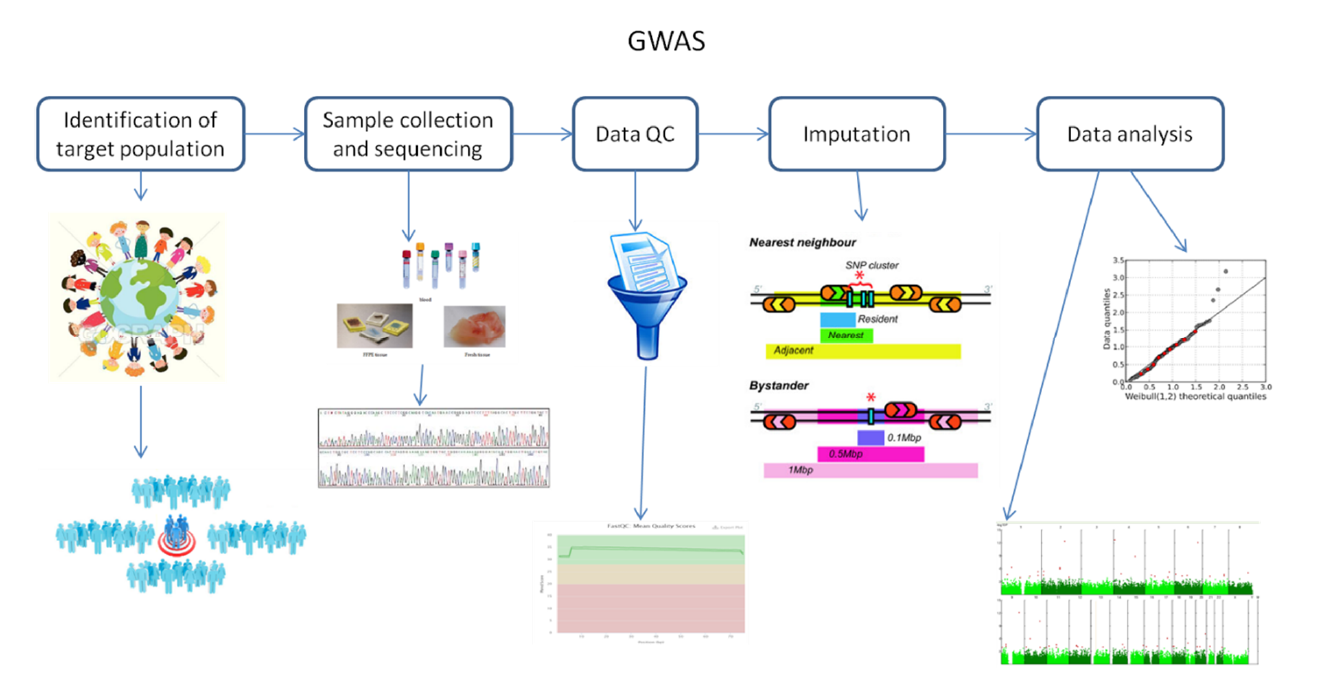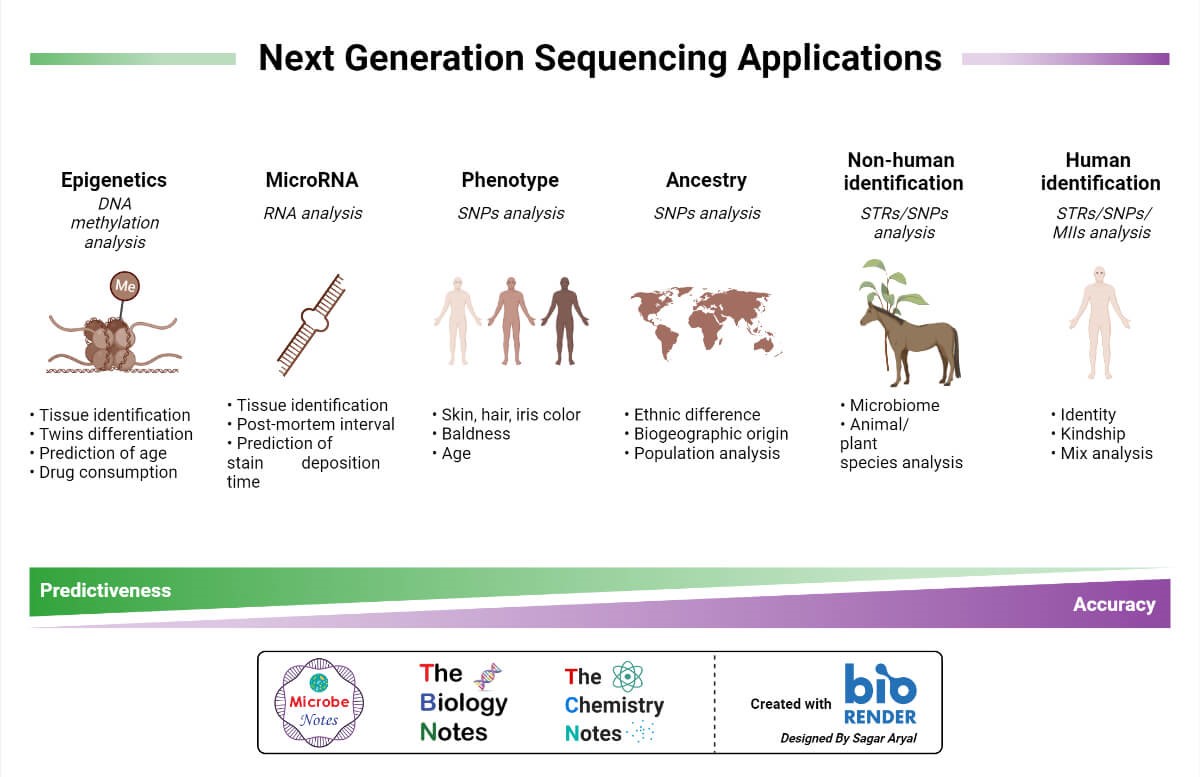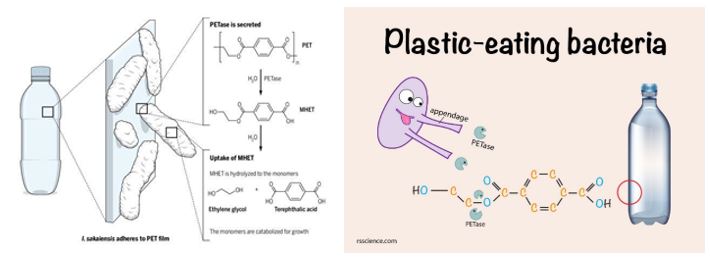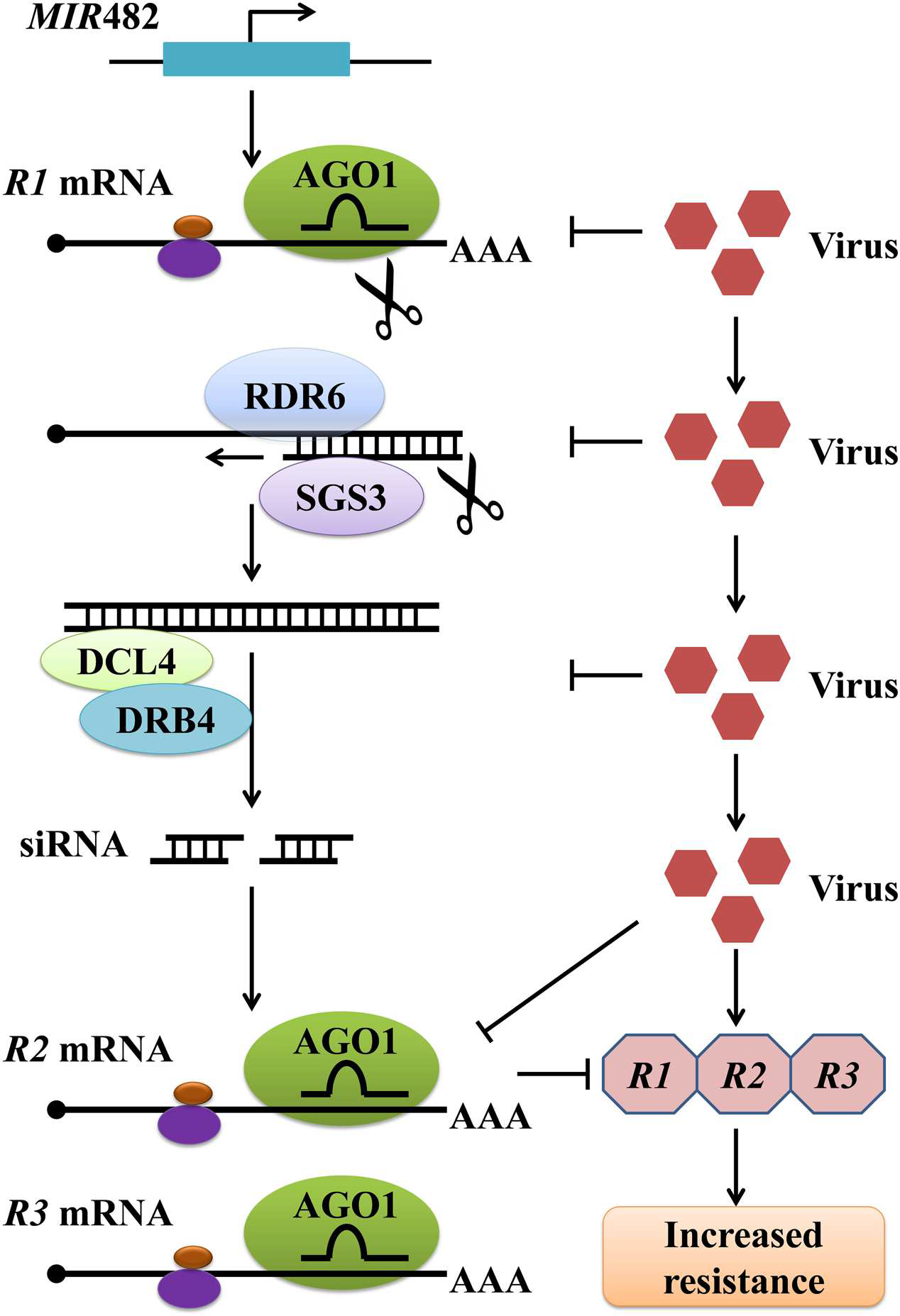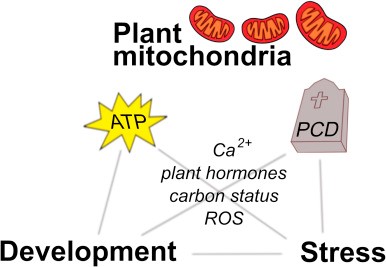Genome-Wide Association Studies (GWAS)
Genome-wide association studies (GWAS) are investigations of relatively frequent single nucleotide variations to establish their connection with a particular phenotype or with a particular clinical condition. The approach includes analyzing the genomes of several populations in search of genomic variations that are more prevalent in individuals with a certain disease »




